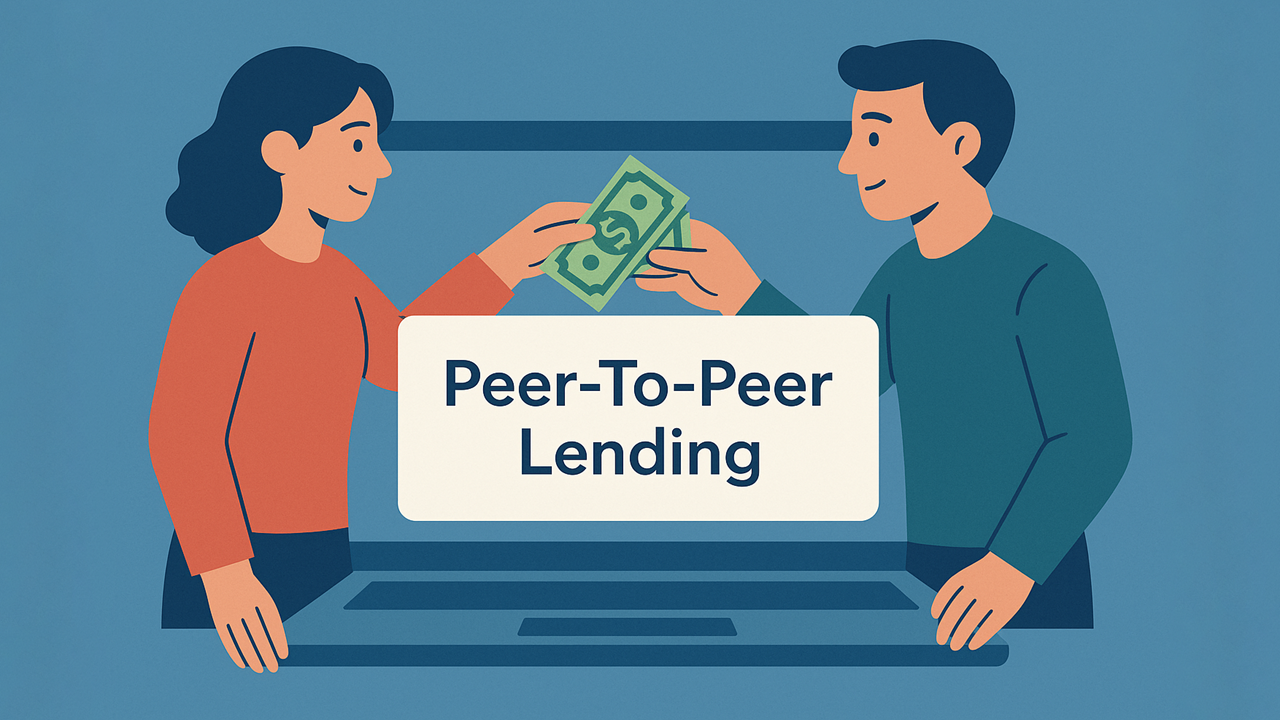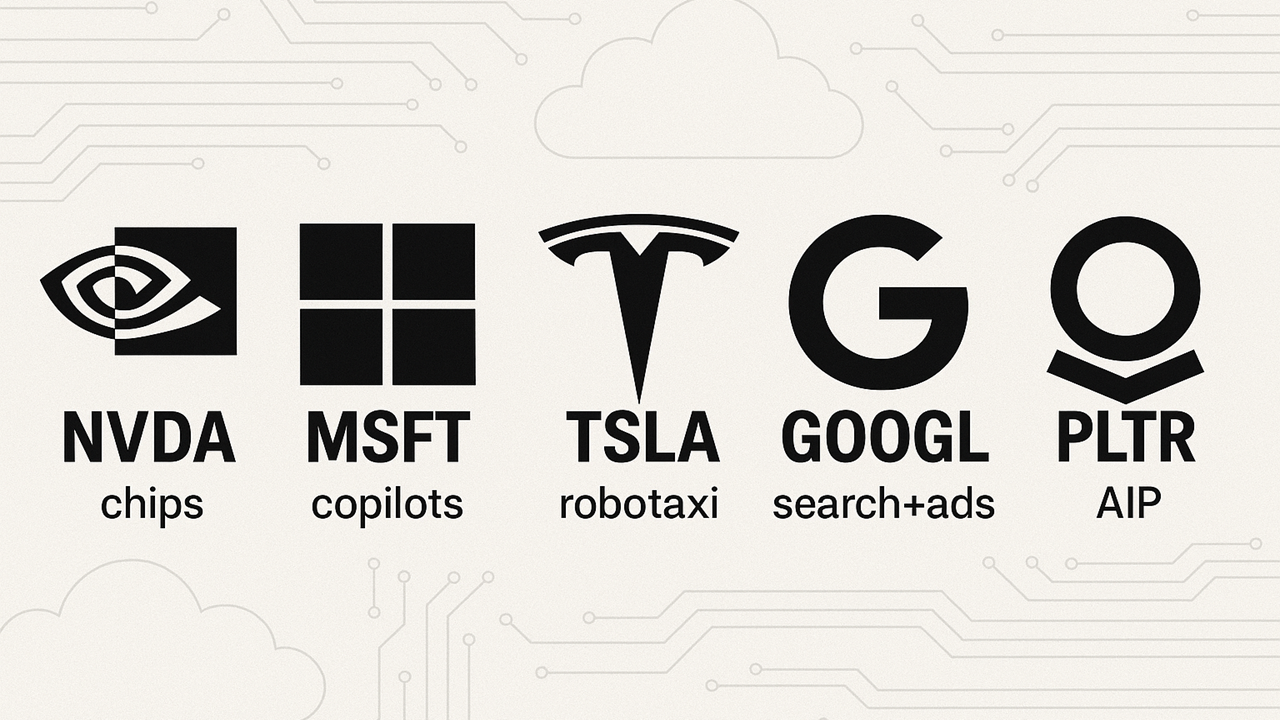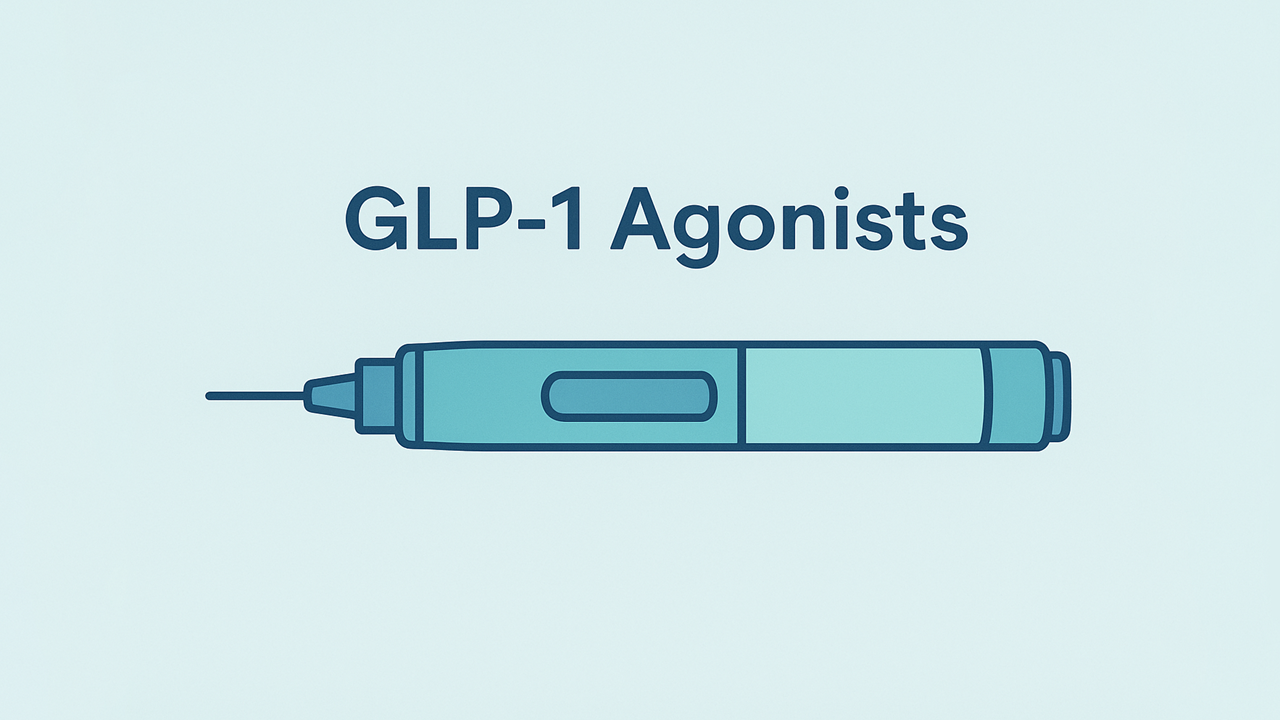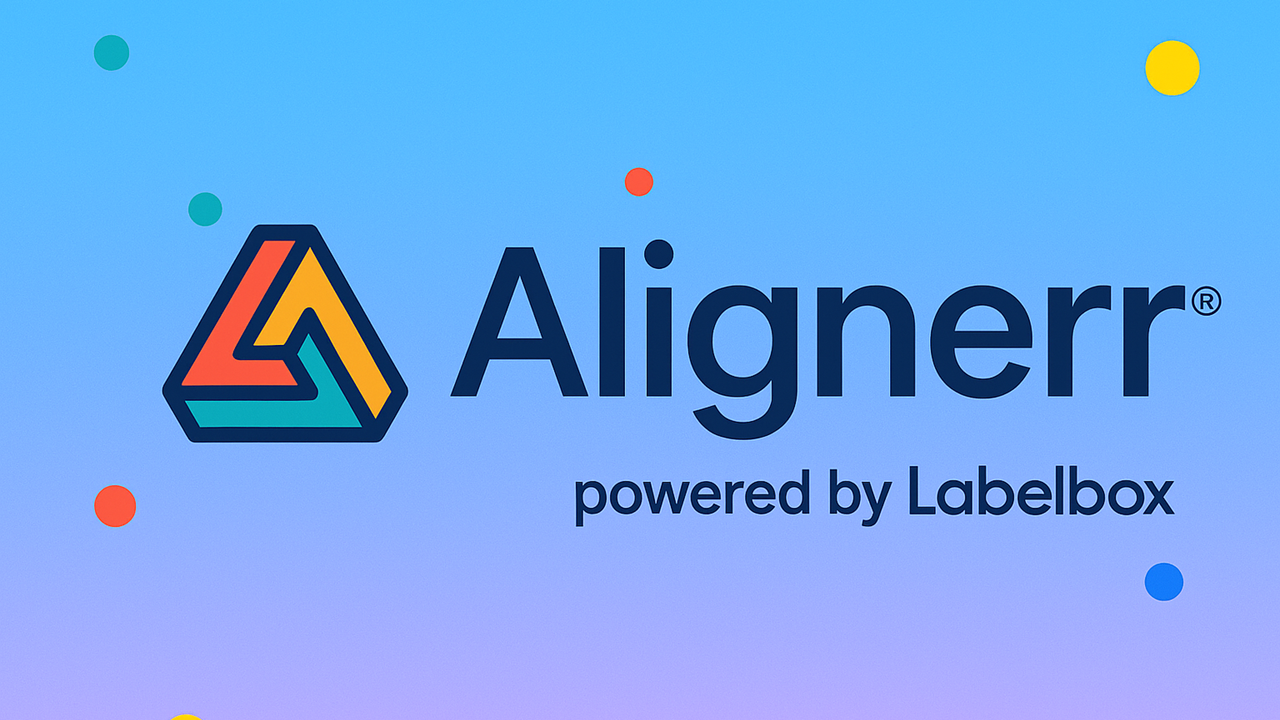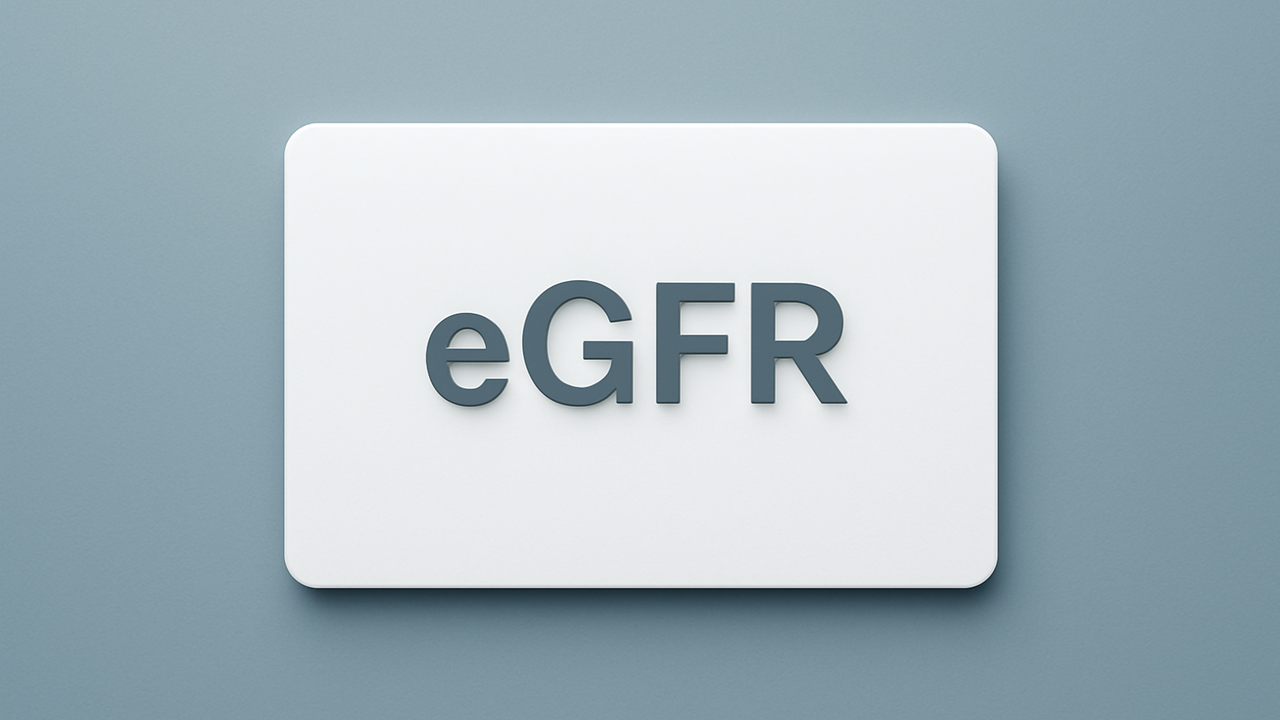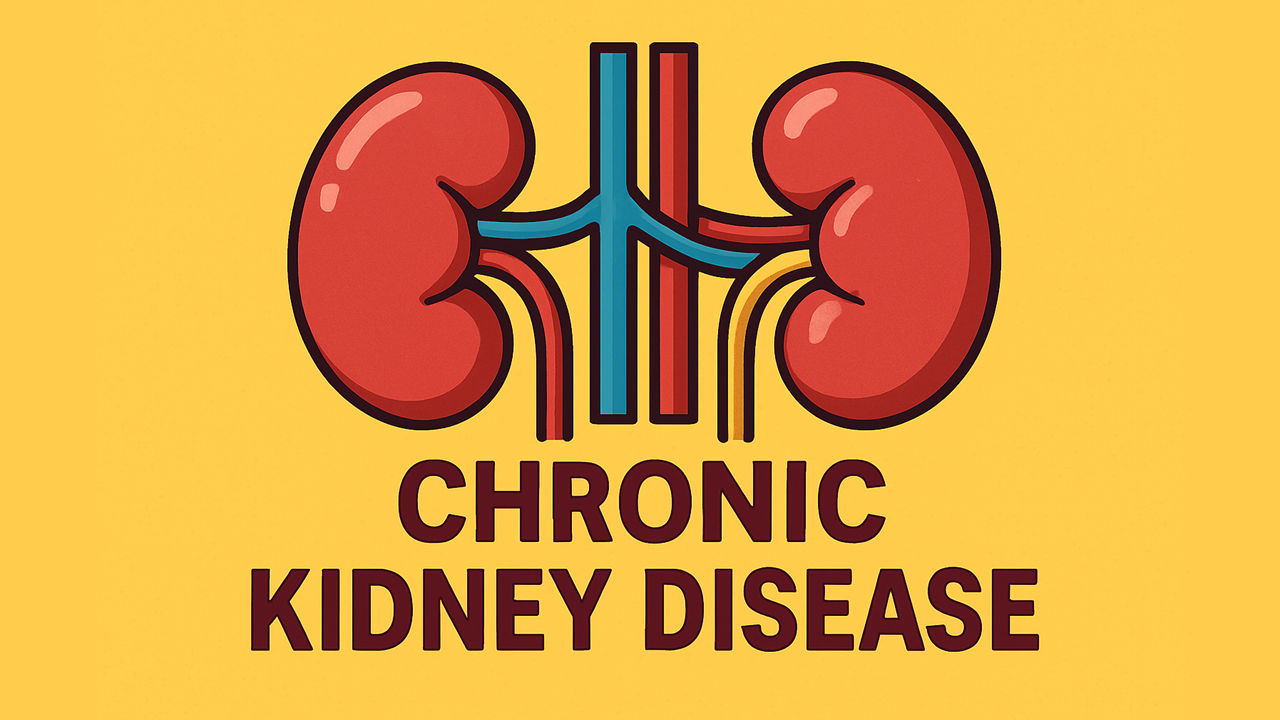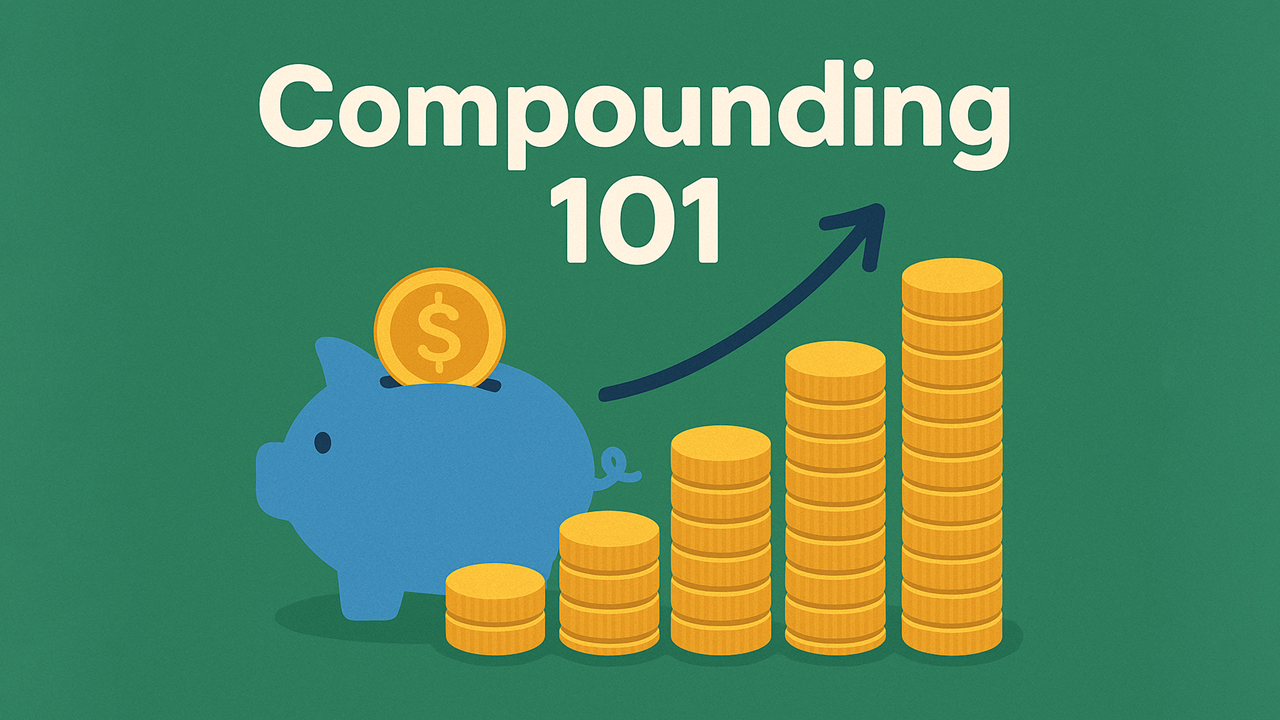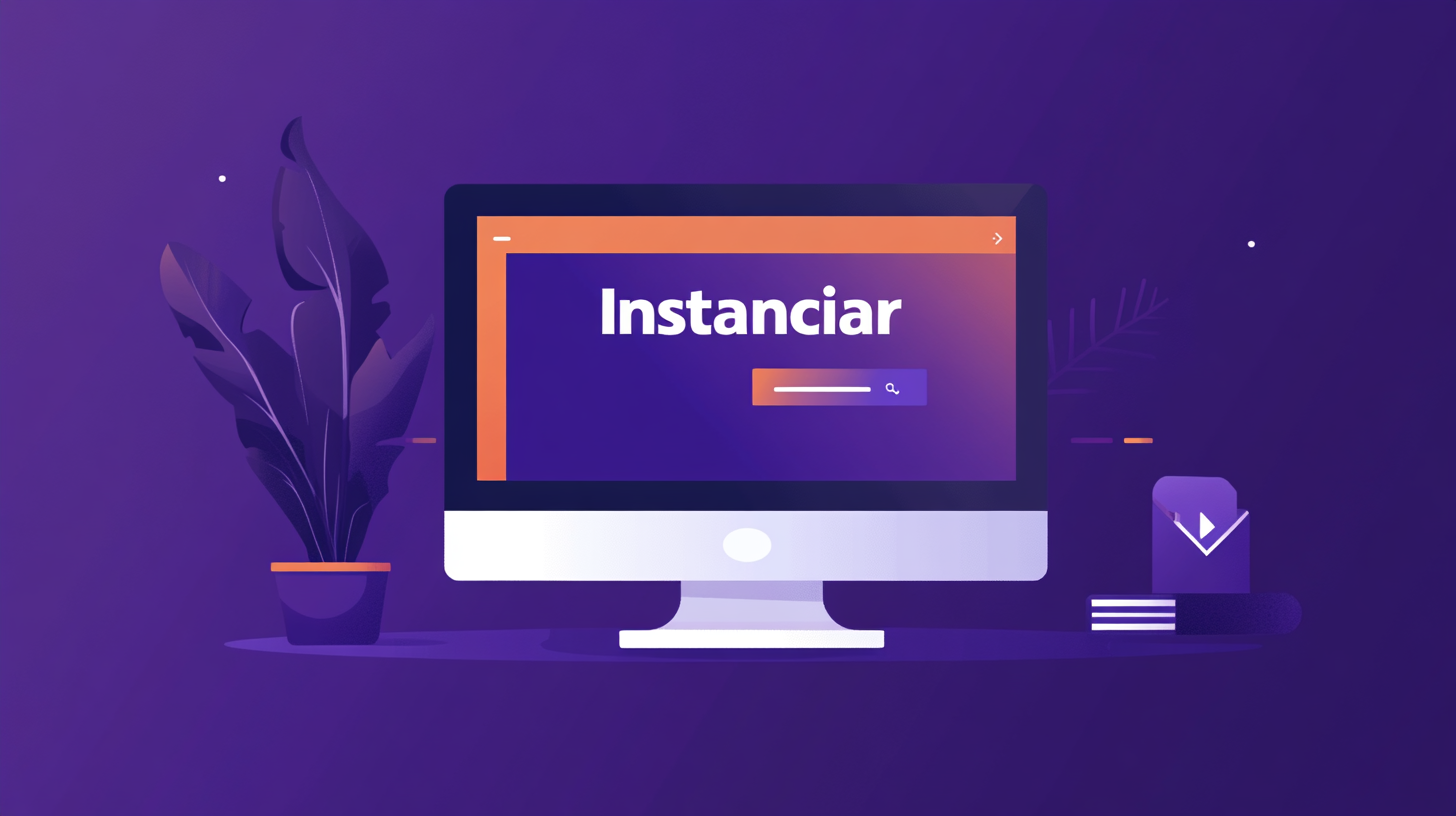The Pros and Cons of Peer-to-Peer Lending
A Fintech Phenomenon
Imagine bypassing the bank, clicking invest, and earning interest from fifty strangers repaying new kitchen remodels, debt consolidations, or fix‑and‑flip projects.
That is peer‑to‑peer lending (P2P)—a marketplace model launched by Zopa (UK) in 2005 and Prosper (US) in 2006 that has since financed hundreds of billions in global loans [1].
By matching borrowers directly with retail and institutional investors, platforms promise lower borrowing costs and higher yields—all brokered by code, not branch offices.
Table of Contents
How Peer‑to‑Peer Lending Works
| Stage | Borrower Journey | Investor Journey | Platform Role |
| Application | Completes online form; uploads ID & income docs. | Transfers cash to platform account. | Runs credit models & KYC checks. |
| Risk Grading | Receives interest-rate quote. | Views loans sorted by grade (A–G, etc.). | Assigns grade & sets APR. |
| Funding Period | Loan listed 7–14 days. | Pledges $25–$10k per loan; can use auto-invest rules. | Escrows funds; closes listing when 100 % funded. |
| Origination | Bank partner issues loan; funds hit borrower account (minus 1–5 % origination fee). | Receives note representing pro-rata claim. | Boards loan, records servicing rights. |
| Servicing | Repays monthly P&I via ACH. | Gets monthly cash-flow net of ~1 % servicing fee. | Processes payments, manages collections. |
Speed stat: Prosper reports median application‑to‑funding time of four business days, versus two‑plus weeks at many regional banks [2].
Time‑Tested Advantages
Accessibility & Speed
Online underwriting widens the credit door for thin‑file consumers and sole‑proprietor businesses, often approving loans that would be rejected at big banks.
Competitive Rates
Lower overhead means platforms can undercut credit‑card APRs for prime borrowers while still paying lenders 5–10 %—a spread banks once captured.
Investor Returns & Diversification
Consumer credit historically has low correlation with stocks/bonds [3].
$1,000 can be sliced into 40 × $25 notes, smoothing single‑default impact to < 2.5 %.
Groundfloor’s real‑estate notes average 9.9 % with 6‑ to 12‑month durations, providing short‑cycle cash recycling.
Transparency & Community
Loan descriptions (“Debt‑free by 40,” “Vet clinic expansion”) add a social dimension absent from anonymous bond pools, attracting mission‑driven capital.
Risks & Reality Checks
Credit Risk: Unsecured consumer defaults spiked from 3 % to 8 % during the 2020 Covid shock on some US platforms [4].
Platform Failure: If the platform collapses, backup servicers should step in—yet China’s 2018 wave of > 1,500 P2P failures shows what happens when they don’t.
Illiquidity: Notes tie up cash 36–60 months; secondary markets exist but trade thinly at markdowns.
Regulatory Patchwork: Retail investing in Prosper & Groundfloor is legal in 30‑plus states; others require accreditation or block access.
Rate‑Cycle Risk: Locked‑in 6 % notes lose allure if money‑market funds jump to 5 % risk‑free.
Chart Prompt — “Default vs. Grade Scatter”
Mitigation tactics—mass diversification, conservative grade mix, and limited portfolio allocation (≤ 10 %)—help keep the risk‑reward dial in balance.
Competing Platforms at a Glance
| Platform | Focus | Min Invest | Avg Net Return* | Loan Term | Open to Retail? |
| Prosper | Consumer | $25 | 5–9 % | 3–5 yrs | Yes (most states) |
| Groundfloor | Real-estate fix-&-flip | $10 | ~10 % | 6–12 mos | Yes (nation-wide) |
| Funding Circle (UK) | SME business | £20** | 5–7 % | 1–5 yrs | Retail paused ’20 |
| Upstart | AI-scored consumer | N/A | 6–10 % | 3–5 yrs | Institutions only |
*Net of defaults & servicing fees.
**Existing UK accounts; new retail funding closed.
Groundfloor Deep‑Dive – Real‑Estate P2P in Action
Groundfloor flips the script by collateralizing each note with a first‑lien on residential property.
How It Works
Real‑estate developer requests $200k for a 9‑month rehab.
Groundfloor underwriters appraise after‑repair value (ARV), cap loan‑to‑value ≤ 70 %.
Retail investors pledge as little as $10; loan closes when 100 % funded.
Borrower makes balloon interest payment at sale/refi; principal + interest returned to investors.
Results Snapshot (2018‑2023)
3,100 loans originated; total principal repaid: $875 M.
Avg net investor yield: 9.93 % (after defaults & workouts).
Loss ratio: 0.61 % of principal, thanks to real‑asset recovery [5].
Why it matters: shorter duration plus collateral can cushion macro volatility better than 5‑year unsecured notes—though property market crashes remain a tail risk.
Regulation, Tax & Legal Landscape
| Region | Regulator | Retail Limits | Key Rules |
| United States | SEC + state Blue-Sky laws | Varies by state; Reg CF & Reg A+ avenues | Notes treated as securities; platforms file S-1 or Form C. No FDIC insurance. |
| United Kingdom | Financial Conduct Authority (FCA) | “Appropriateness test” & 10 % portfolio cap for newbies | Mandates contingency plans, wind-down funds, clear risk warnings. |
| European Union | ECSPR (2021) | €1,000 cap per project unless wealth test passed | Passporting license harmonizes cross-border platforms. |
| Australia | ASIC | Retail can lend via licensed marketplace lenders | ASIC RG 273 guides disclosure & risk management. |
Tax note (US): Interest is ordinary income, reported on Form 1099‑INT. Charge‑offs may be deductible as short‑term capital losses—keep platform‑issued year‑end statements.
Investor Playbook – Building a P2P Portfolio
Set Allocation Ceiling. Cap P2P to 5–10 % of investable assets; treat it like high‑yield credit.
Spread Widely. Aim for ≥ 200 notes; back‑tests show default volatility falls sharply beyond that threshold [6].
Blend Grades. Core in B–C grade for balance; sprinkle ≤ 10 % in E–HR for yield kicker.
Re‑Invest Cash‑Flow. Enable auto‑reinvest to keep money compounding monthly.
Monitor Vintage KPIs. Track weighted‑average interest, charge‑off rate, and net annualized return quarterly; adjust grade mix if delinquencies trend > expected.
Borrower’s Roadmap – Securing a Marketplace Loan
| Step | Tip | Why It Matters |
| Check Credit | Aim for ≥ 640 FICO for single-digit APRs. | Risk grade drives cost. |
| Compare Platforms | Get quotes from 2–3 sites plus a local credit union. | Avoid overpaying. |
| Mind Fees | Factor 1–6 % origination fee into net proceeds. | True APR > headline rate. |
| Create Compelling Listing | Explain purpose clearly; include stable income story. | Higher funding speed. |
| Set Autopay | Many platforms shave 0.25 % APR for autopay enrollment. | Lower cost & late-fee risk. |
The Road Ahead for Marketplace Lending
Fintech analysts forecast global P2P loan volume will nearly triple to $1 trillion by 2030 as AI underwriting, open‑banking data, and tokenized loan pools expand addressable markets [7].
Two forces will shape the next decade:
Institutional–Retail Balance. Expect hybrid funding models—retail capital for niche or social‑impact loans, hedge‑fund blocks for scale.
Tokenization & DeFi Bridges. Platforms are piloting blockchain ledgers where each loan note becomes an on‑chain token, enabling 24/7 secondary trading and fractional interest down to $1.
Resilient regulation plus efficient digital rails could make borrowing $8k for braces or lending $500 for a Kenyan solar‑pump as simple as streaming a song.
Key Take‑Aways
Peer‑to‑peer lending turns credit into a marketplace commodity: borrowers gain speed and choice; investors tap an income stream once reserved for banks.
The rewards—mid‑single to low‑double‑digit yields—arrive with real risks: default, platform failure, illiquidity.
Treat P2P as a satellite allocation, diversify ruthlessly, and reinvest cash‑flow.
Executed wisely, marketplace lending can add a steady hum of interest income to a modern portfolio—proof that finance, like music, sounds richer when more people get to play.
References
Wall Street Journal. Marketplace Lending 2024 Report.
Prosper Marketplace Annual Investor Review, 2023.
Milne, A., & Parboteeah, P. “The Business Models and Economics of Peer‑to‑Peer Lending.” European Financial Management, 2016.
Federal Reserve Bank of Philadelphia. Fintech Credit During the Covid‑19 Crisis, 2021.
Groundfloor Performance Metrics Dashboard, accessed 2024‑05‑15.
Emekter, R. et al. “Evaluating Default Risk in Online Peer‑to‑Peer Lending.” Applied Economics, 2015.
Deloitte. Tokenizing Lending Markets – DeFi Meets TradFi, White Paper, 2024.
About the Author
Harry Negron is the CEO of Jivaro, a writer, and an entrepreneur with a strong foundation in science and technology. He holds a B.S. in Microbiology and Mathematics and a Ph.D. in Biomedical Sciences, with a focus on genetics and neuroscience. He has a track record of innovative projects, from building free apps to launching a top-ranked torrent search engine. His content spans finance, science, health, gaming, and technology. Originally from Puerto Rico and based in Japan since 2018, he leverages his diverse background to share insights and tools aimed at helping others.

